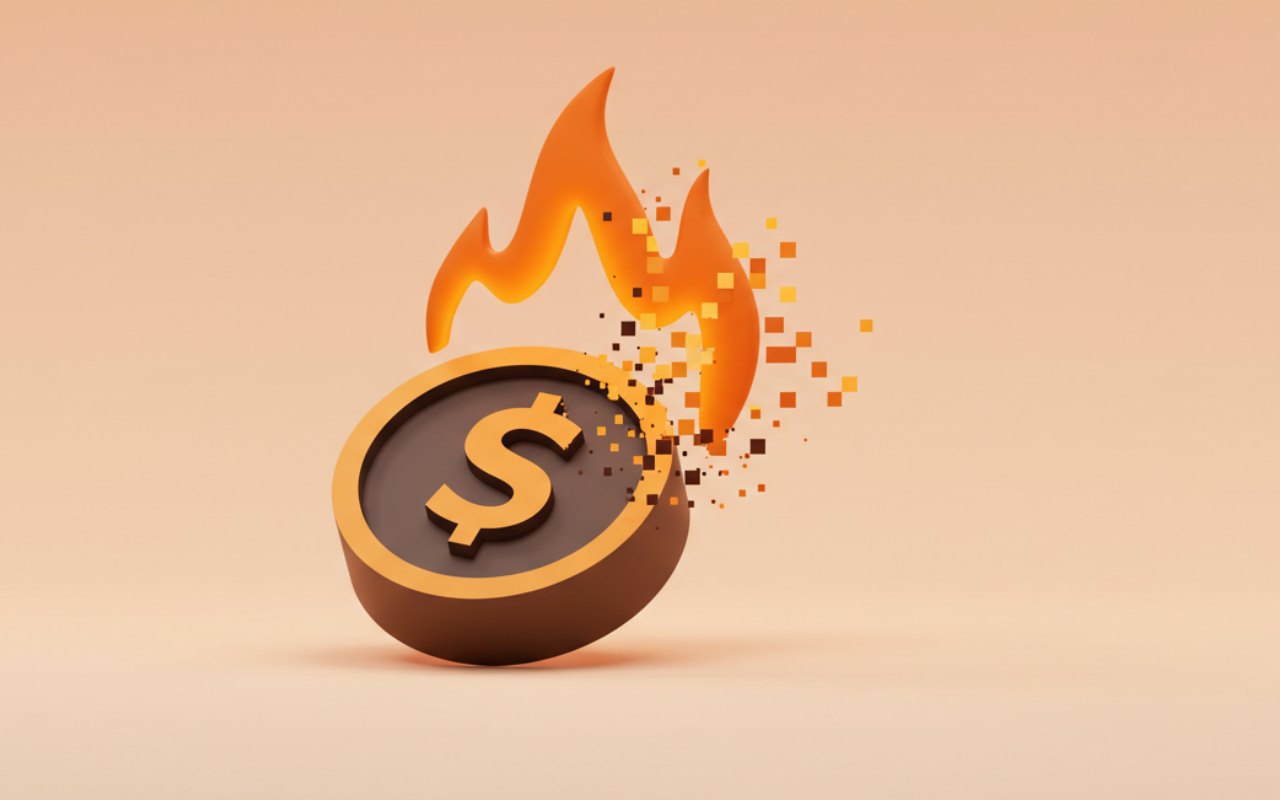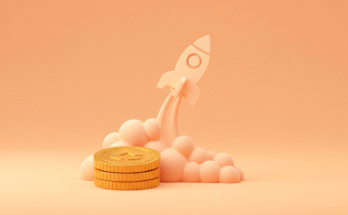If you’ve spent any time exploring the world of cryptocurrencies and blockchain, you’ve probably come across the term “token burning“. It might sound dramatic, but don’t worry. There’s no actual fire involved! Token burning is a fascinating process that plays a significant role in the crypto ecosystem. In this blog post, we’ll break down what token burning is, why projects do it, and how it impacts the broader crypto space.

What Exactly Is Token Burning?
Token burning is the process of permanently removing a certain number of cryptocurrency tokens from circulation. This is typically done by sending the tokens to a special wallet address, often referred to as a “burn address” or “black hole wallet“. The private keys to this wallet are inaccessible, meaning the tokens sent there can never be retrieved or used again. Essentially, they’re gone forever. Think of it like taking cash out of circulation and shredding it, except, in this case, it’s all digital.
Why Do Crypto Projects Burn Tokens?
At first glance, burning tokens might seem counterintuitive. Why would anyone want to destroy something valuable? Well, there are several reasons why crypto projects choose to burn tokens, and most of them boil down to creating value or improving the ecosystem. Let’s explore some of the key motivations:
1. Reducing Supply (Scarcity)
One of the most common reasons for token burning is to reduce the total supply of a cryptocurrency. This follows basic economic principles: when supply decreases and demand remains constant (or increases), the value of the remaining tokens can go up. By burning tokens, projects aim to create scarcity, which can potentially boost the price of their token over time. It’s similar to how stock buybacks work in traditional finance. Companies buy back their own shares to reduce the number of shares in circulation, which can increase the value of the remaining shares.
2. Rewarding Holders
Token burning can also be a way to reward long-term holders of a cryptocurrency. When tokens are burned, the circulating supply decreases, which can increase the value of each holder’s share. Essentially, it’s like giving everyone a slightly larger slice of the pie without issuing new tokens. This approach is often used in deflationary tokenomics, the idea that a token’s supply will decrease over time, making it more valuable for those who hold on to it.
3. Maintaining Ecosystem Balance
In some blockchain networks, token burning is built into the system to maintain balance and prevent inflation. For example, certain decentralized finance (DeFi) platforms burn a portion of transaction fees collected on their network. This helps offset new token issuance and keeps the overall supply in check. Ethereum’s EIP-1559 upgrade is a great example of this. A portion of every transaction fee on Ethereum is burned, reducing the supply of ETH over time.
4. Demonstrating Commitment
Burning tokens can also be a way for projects to demonstrate their commitment to their community and long-term goals. By voluntarily destroying a portion of their tokens, teams show that they’re not just in it for short-term gains. It’s a symbolic gesture that says, “We’re here for the long haul“.
5. Correcting Mistakes
Sometimes, token burns are used to fix mistakes, like when too many tokens are accidentally minted or distributed due to a bug or error. Burning excess tokens can restore balance and prevent inflationary effects.
How Does Token Burning Work?
→ The actual process of token burning is fairly straightforward from a technical perspective. Here’s how it typically works:
- Identify Tokens to Burn: The project team decides how many tokens they want to burn and announces their plan to the community.
- Send Tokens to a Burn Address: The chosen tokens are sent to a burn address—a wallet that nobody has access to.
- Verify the Burn: Because blockchain transactions are transparent and immutable, anyone can verify that the tokens were indeed sent to the burn address and are no longer part of the circulating supply.
This transparency is one of the reasons why token burning is so effective, it builds trust among users and investors.
Examples of Token Burning in Action
→ Let’s look at a few real-world examples to see how token burning has been implemented:
- Binance Coin (BNB): Binance, one of the world’s largest cryptocurrency exchanges, regularly burns BNB tokens as part of its commitment to reducing the total supply. The burns are funded by a portion of Binance’s profits and are conducted quarterly until 100 million BNB (half of the original supply) have been burned.
- Shiba Inu (SHIB): The Shiba Inu community has embraced token burning as a way to increase scarcity and add value to SHIB tokens. Community-driven burn initiatives have gained traction, with users voluntarily sending SHIB tokens to burn addresses.
- Ethereum (ETH): As mentioned earlier, Ethereum introduced token burning with its EIP-1559 upgrade in 2021. A portion of every transaction fee on Ethereum is now burned, making ETH a deflationary asset under certain conditions.
Is Token Burning Always a Good Thing?
→ While token burning can have positive effects, it’s not without its risks and limitations. Here are a few things to keep in mind:
- Speculation Risks: Some projects use token burns as a marketing gimmick to drive up hype and speculation. Be cautious if a project seems overly focused on burning tokens without offering real utility or value.
- No Guaranteed Price Increase: While reducing supply can lead to price increases, it’s not guaranteed. Other factors like demand, market conditions, and overall project success play a big role in determining a token’s value.
- Transparency Matters: Always verify that token burns are legitimate and conducted transparently. If a project isn’t upfront about its burn process or doesn’t provide proof, that’s a red flag.
The Bottom Line
Token burning is an intriguing concept that highlights just how innovative and flexible blockchain technology can be. Whether it’s about creating scarcity, rewarding holders, or maintaining ecosystem balance, token burns serve as a powerful tool for crypto projects.
As always, if you’re investing in cryptocurrencies that involve token burning, make sure to do your own research and understand the project’s goals and roadmap. While token burns can be exciting and beneficial, they’re just one piece of the puzzle in determining a project’s long-term success.


